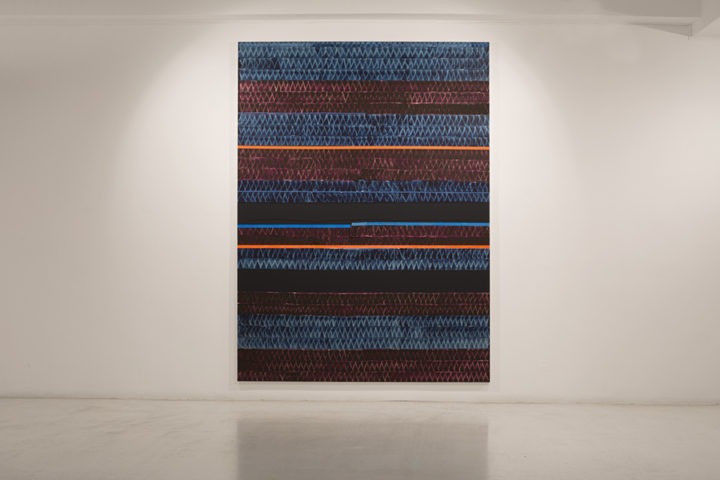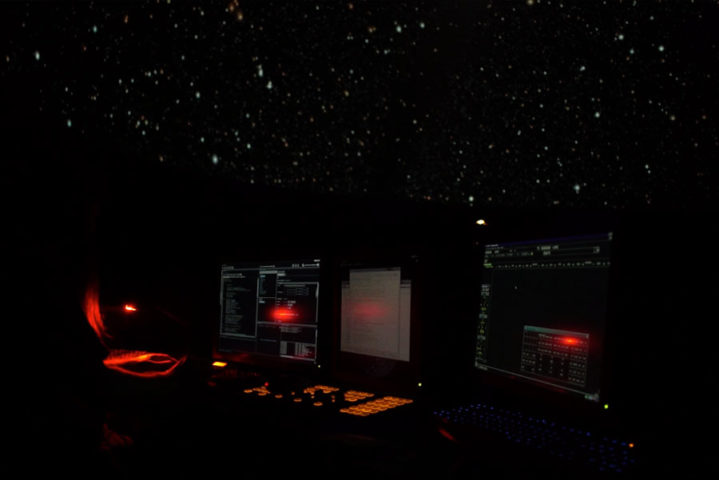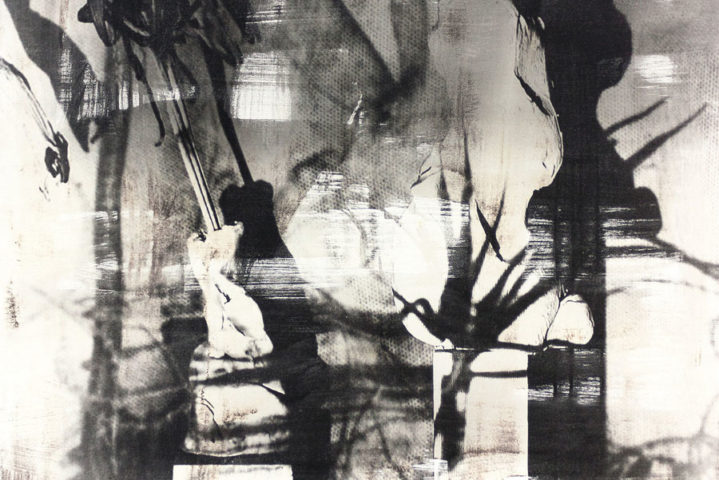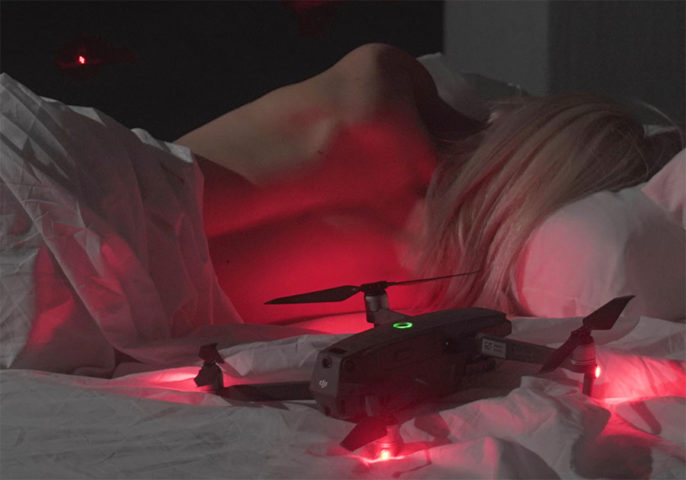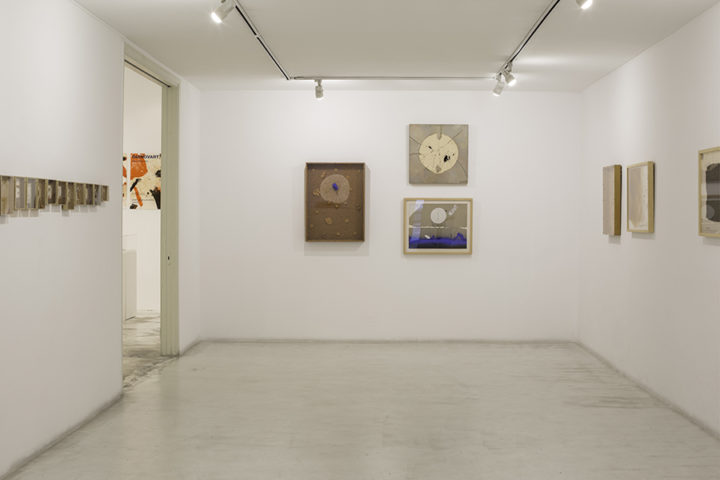Opening: 10.10.2019, 7pm
Friday October 11, 6.30pm, talk between Juan Uslé and curator Javier Sánchez Martínez
The title of the new exhibition by Juan Uslé in Galeria Joan Prats, ‘Unsettled’ alludes metaphorically to painting, the central subject of his entire work.
“Unsettled” means unstable, but also variable, restless, something that includes opposites, or a paradox. In Uslé’s paintings, the stripes of color fluctuate, they do not have a definite beginning and end, and refer to the passage of time, the hours, the seasons, the changing landscapes, such as Bernia, a mountain range located in the southeast of the Iberian Peninsula, a place of inspiration for Uslé, among many others.
Juan Uslé’s work reflects on the possibilities of painting. In his words: “Speaking of painting, I would also talk about his tremor, his ‘no fixation’, his journey or, even better, what we understand as displacement.”
Formed by repeated strokes, although never identical, his work is characterized by movement and rhythm, and invoke the surrounding environment, and, at the same time, the energy of the body’s drives. Uslé creates a pictorial language where formal or metalinguistic aspects are mixed with his life experience, in addition to allusions to time and the creation process itself. According to Juan Uslé: “Time is what we have left. I conceive it as a horizontal surface where past and future moments are deposited and transfigured. Many of my small works seem to go on, spread in space. They suggest a “landscape” –let’s call it this way- or space of multiple juxtaposed horizons.”
In the exhibition, Uslé presents small formats, which create a close and intimate relationship together with large-scale works, the largest dimension he has worked with and which he started in 2017. Small works are organized into families, and speak of repetition, but also individually contain their own identity.
The exhibition is completed with two large format photographs. They make allusions to the painting and invoke the recollection and emotion of the discovery.
Like his paintings, they question our ability to see, think, perceive and feel.
